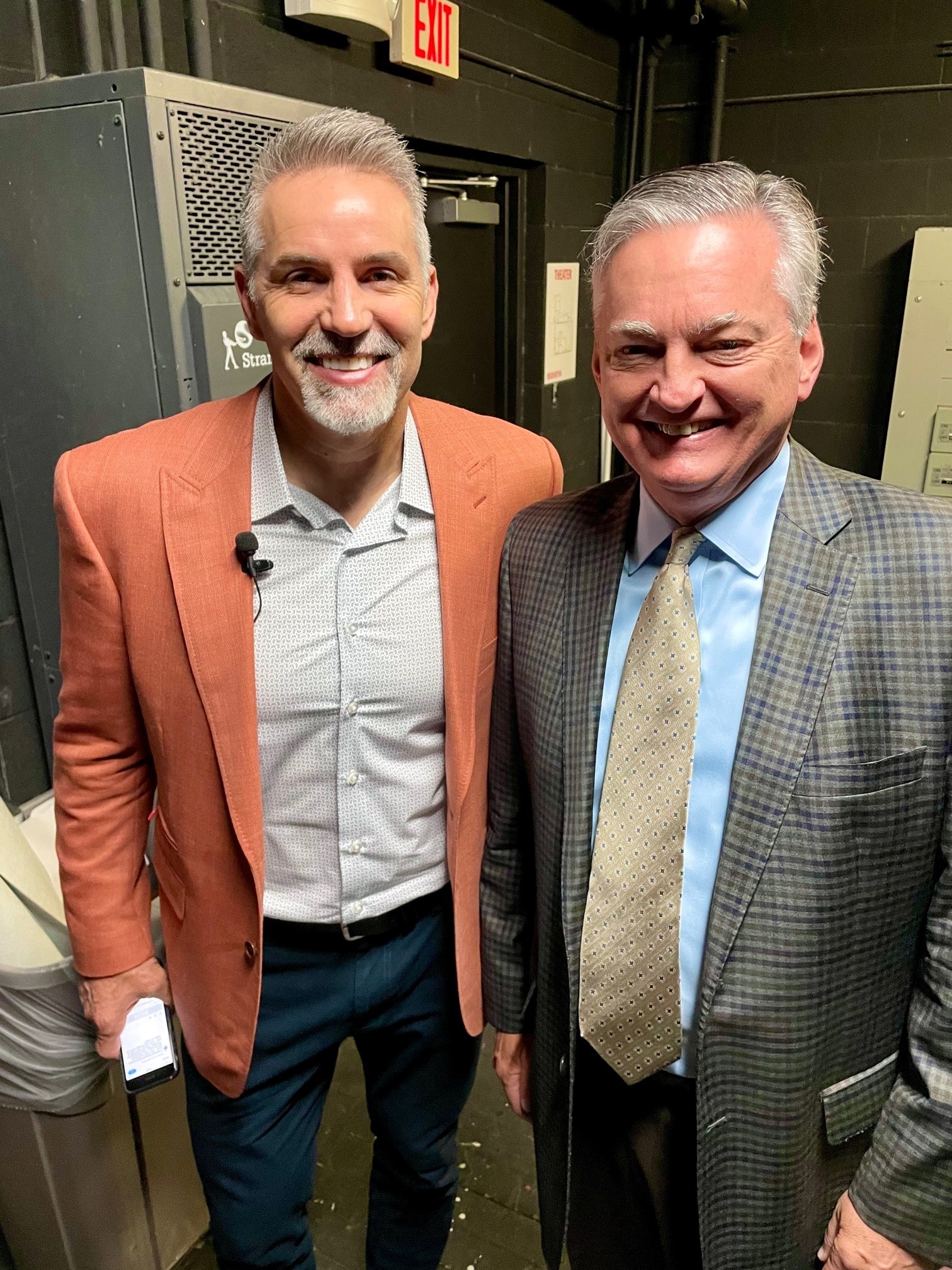Cash flow awareness is vital in the day-to-day activities of a business. Keeping track of the inflows and outflows helps a company make better plans and decisions, such as choosing the right time to expand. Cash flow knowledge reveals where a business is spending money and can protect business relations, among other benefits. However, tracking cash flow is a challenge for many businesses.
To avoid business failure due to poor cash flow management, business owners are investing in software applications to help manage cash flow challenges. Modern technology enables access to these applications over the cloud, allowing small- and medium-sized businesses to benefit from them. These cash flow management tools help companies improve cash flow in various ways.
Remove Manual Paper Systems that Cost Time and Money
Using a cash flow automated system, it's possible to create and send invoices directly to clients through email. This saves on time that would otherwise be used for printing invoices, mailing them, making bank trips, and going through paperwork comparing details. It is also possible to automate recurring invoices, saving the time used to create and send invoices.
Makes it Easy for Clients to Pay
Paying invoices takes time if a client has to keep confirming the payment details. However, an automated invoice can contain a pay now link, which facilitates quick payments for applications that include access to online payment options.
Helps Avoid Data Entry Errors and Reduces Risks
There is no need to move from one platform to another to check details, manually enter details, verify figures, etc. This ensures fewer errors, such as those generated when copying details like bank information to a check or paying the wrong amount. Sorting out these errors takes time, hence delaying payments.
Cash Flow Forecast
The applications offer access to account insights in real-time using cloud-based software and mobile apps, making it possible to forecast when clients are likely to pay and when bills are due. Access to live data also means there is no more dealing with complicated spreadsheets and paper ledgers. This way, a business can plan its actions to ensure positive cash flow. For instance, a business can delay paying vendors and plan when best to pay bills without running out of standby cash.
Avoid Late Payments
Late payments can result in fines that will cost the business unnecessary losses. However, with software that automatically sends invoice reminders, it is possible to make timely payments.
Centralized Cash Flow System
All activities involving cash transactions are located in one system, offering the ability to see cash inflows and outflows at a glance. As a result, a business can streamline its accounts and monitor cash flow. Plus, since it includes real-time reporting, it’s easy to spot any red flags and solve problems that could adversely affect a business.
Leverage on Data Analytics
A centralized system collects data and stores it in one place. By deploying artificial intelligence technology that performs data analysis, a business can better forecast its cash flow. This also provides insight into how changes such as new products or price adjustments affect cash flow.
 Choosing a Cash Flow Tool
Cash flow automation enables a business to maintain a positive cash flow and have cash in its reserves to afford reinvesting in its operations, settling debts, and handling other operating costs. However, before investing in an automation tool, it’s recommended to analyze different tools to find the best fit for your business. Each tool is different and built to address various business problems.
Some features to look out for include integration with the existing accounting system, payments and invoicing, accepting a variety of payment methods, and security.
Besides getting the most suitable application, there are other considerations to establishing a healthy cash flow. Technology has its benefits, but it does not act as a cure for a poorly implemented system. For instance, if employees don’t know how to use new technology, its impact will be limited. Therefore, a business should establish a workflow process before implementing any new technology. 




